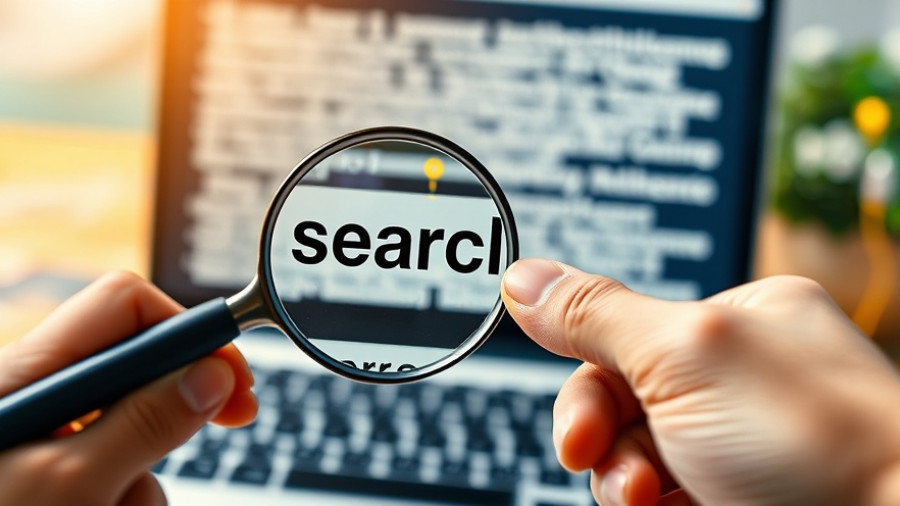
From Link Juice to Entity Maps: The Evolution of Internal Linking
Internal linking, once viewed merely as a conveyor of "link juice" and PageRank, has become a critical framework for defining a site's semantic structure. As we advance into the digital landscape of 2025, it's crucial to comprehend internal linking's evolution from merely directing traffic to shaping how search engines like Google understand your site's context and authority.
Why Internal Linking Matters in Today's SEO
Historically considered a strategy for distributing authority and increasing page rankings, internal linking has taken on a new significance. It now plays a pivotal role in crafting an entity map—an intricate web of content that reveals relationships between different topics and concepts on your website. Strategic internal linking signals to Google the topics you wish to be associated with, enhancing your site's authority.
Moreover, as the online landscape shifts toward AI-driven search results, the importance of a robust internal linking strategy grows. Pages that are well linked not only maintain consistent indexing but are also more likely to appear in AI-generated outputs, such as those driven by Bing's search capabilities. This consideration is increasingly relevant, as many overlook optimization opportunities with engines beyond Google.
Building a Semantic Map: Practical Insights
Incorporating strategic internal linking into your SEO practices requires more than just thinking about links as direction markers for users. Here are several key practices to tighten up your internal linking structure:
- Optimize Anchor Text: The words used in your anchor text should directly relate to the page being linked, helping to reinforce the content’s relevance to specific queries.
- Create Content Hubs: Developing hub pages that connect related content can enhance usability and maintain user engagement, while also clarifying relationships to search engines.
- Regular Audits: Periodically reviewing and updating your internal linking strategy ensures that your website evolves alongside changing SEO standards and user behavior.
Future Trends in SEO and Internal Linking
The landscape of search engine optimization is ever-changing. With the integration of AI and machine learning into search engine algorithms, understanding how to properly utilize internal linking structures will be essential for staying ahead. As search engines become more sophisticated, they will continue to value the coherence and relevance of content, making it crucial to adapt and revise internal linking strategies continuously.
Successful case studies in internal linking highlight brands that have not only maintained their rankings but improved their visibility through thoughtful content structuring and connectivity. Keeping abreast of both the latest SEO strategies and emerging technologies will solidify your place in the leading edge of your industry.
Your Path to Mastery in Internal Linking
In conclusion, refining your internal linking approach isn't merely beneficial—it's essential. It can be a straightforward yet powerful lever for enhancing your organic visibility. As search engines evolve and user expectations change, so too must our strategies. By improving how we define our content hierarchies and relationships through internal links, we can position their brands to thrive in the AI-focused future of search. Commit to optimizing your internal linking today to reap substantial benefits in visibility tomorrow.
 Add Row
Add Row  Add
Add 




Write A Comment